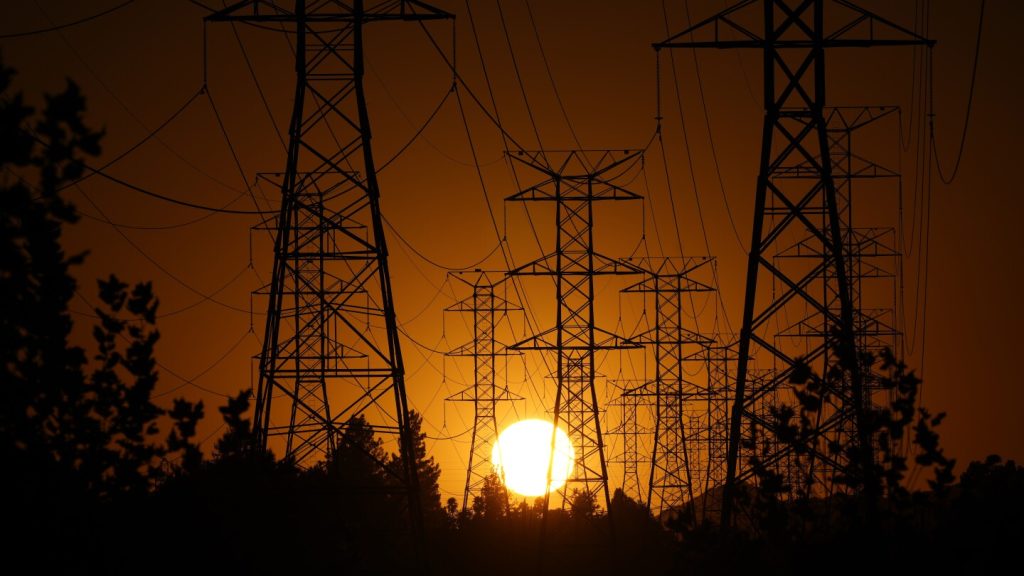The U.S. economy grew at a rate of 2.8% in the third quarter, driven by strong consumer spending and export activity. Despite slightly slower growth compared to the previous quarter, the economy showed resilience in the face of high interest rates. Consumer spending, which makes up a significant portion of economic activity, increased to a 3.7% annual pace, while exports also contributed to growth. However, business investment slowed due to declines in housing and nonresidential building investments, offset by an increase in equipment spending.
Inflation also showed signs of improvement, with the personal consumption expenditures index rising at just a 1.5% annual pace, the lowest in over four years. Core inflation, excluding volatile food and energy prices, also decreased to 2.2% from the previous quarter. The Federal Reserve’s efforts to curb inflation through higher interest rates seem to be effective as the economy continues to grow steadily. The report marks the first of three estimates the government will make of GDP growth for the third quarter, reflecting the overall health of the U.S. economy.
Recent economic data points to a strong economy, with consumer confidence increasing and household spending expected to remain robust. President Joe Biden highlighted the progress made since he took office, from overcoming the economic crisis during the pandemic to achieving strong economic growth. However, the job market has shown signs of weakening, with job openings decreasing and job growth slowing down compared to previous years. Despite challenges such as hurricanes and labor strikes affecting the job market, economists remain optimistic about the economy’s overall outlook.
The Federal Reserve has responded to slowing job growth by cutting interest rates, with expectations of further rate cuts in the coming months. The central bank aims to support economic growth and combat inflation through its monetary policy decisions. Vice President Kamala Harris faces challenges related to inflation in the upcoming presidential race, with differing policy proposals between her and former President Donald Trump on how to address economic issues. Despite concerns about inflation exceeding pre-pandemic levels, the Fed’s actions are expected to result in lower borrowing rates for consumers and businesses over time.
Overall, the U.S. economy continues to show resilience and growth, with strong consumer spending and export activity driving economic expansion. Inflation has moderated, and the Federal Reserve’s actions to cut interest rates are expected to support continued growth in the face of challenges such as a slowing job market. President Biden’s economic policies have been credited with fostering a strong recovery since the pandemic, but ongoing economic challenges require continued vigilance and policy adjustments to ensure sustained growth. As the presidential race heats up, economic issues such as inflation and job growth will play a crucial role in shaping the future direction of the U.S. economy.


